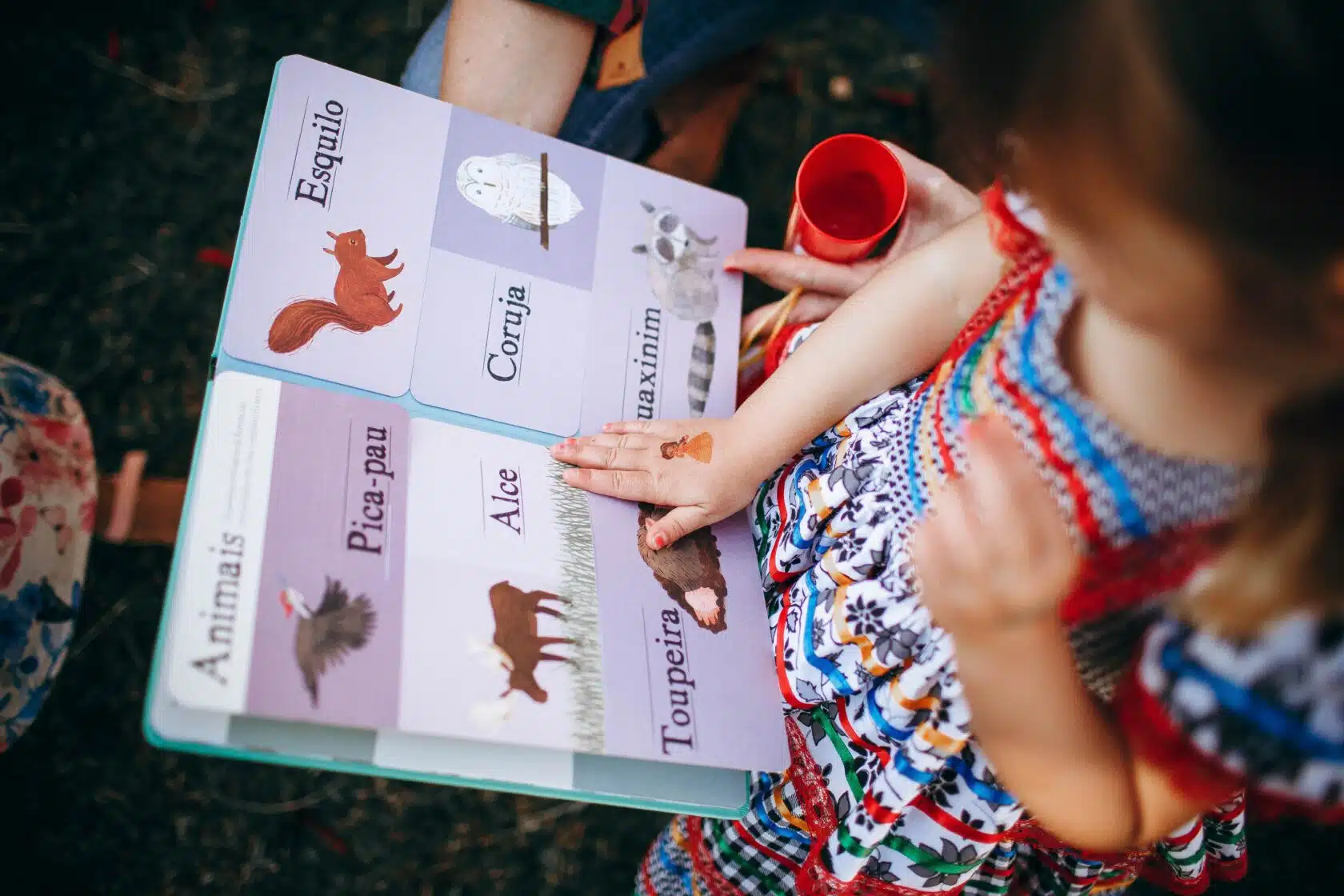Oral motor coordination is the ability to use the muscles in the mouth, lips, cheeks, jaw, and tongue properly. It’s important for speaking clearly, making facial expressions, and doing things like chewing, biting, licking, sucking, and crunching food.














